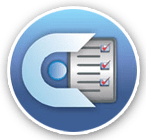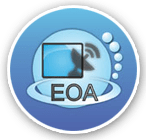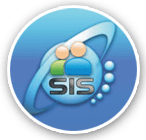This technology is widely used in various industries, including education, surveys, assessments, and data collection. Here's a comprehensive overview of Optical Mark Recognition software:
1. Basic Principles:
Detection of Marks: OMR software relies on the ability to detect marks made by users on predefined areas of a document.
Image Scanning: Documents are scanned using optical scanners, and the software analyzes the scanned images to identify marked areas.
2. Applications:
Education: OMR is commonly used in educational institutions for multiple-choice exams and surveys.
Surveys and Assessments: OMR is used in market research, customer feedback surveys, and various assessments where multiple-choice responses are common.
3. Features:
Mark Recognition: OMR software accurately recognizes and captures data from marked areas.
Form Design: Users can design custom forms with specific markable areas.
Data Analysis: OMR software often includes tools for analyzing and reporting the collected data.
4. Workflow:
Form Creation: Users design OMR-compatible forms using specialized software.
Scanning: Physical forms are scanned using OMR-compatible scanners.
Data Extraction: The software extracts and interprets the marked data from scanned images.
Analysis and Reporting: Processed data is analyzed, and reports are generated.
5. Accuracy and Error Handling:
High Accuracy: OMR software is designed for high accuracy in mark detection, minimizing errors.
Error Checking: Some software includes features to check for common errors, such as multiple marks or incomplete responses.
6. Integration:
Database Integration: OMR software often integrates with databases for seamless data storage and retrieval.
Export Options: Processed data can be exported to various formats for further analysis.
7. Challenges and Limitations:
Human Errors: If users do not fill out forms correctly, it may lead to inaccuracies.
Form Design Complexity: Designing complex forms may be challenging for non-technical users.
8. Security:
Data Encryption: OMR software may include encryption features to secure sensitive data.
Access Control: Access to the software and its data should be controlled to prevent unauthorized use.
9. Cost and Licensing:
Cost Variation: Prices can vary based on features, scalability, and vendor.
Licensing Models: Different licensing models, such as per-user or enterprise licenses, may be available.
10. Popular OMR Software:
Yomark OMR Software
OMR GURU
Yoctel OMR Software
11. Future Trends:
Integration with AI: OMR software may incorporate artificial intelligence for improved recognition and data analysis.
Cloud-based Solutions: Increased adoption of cloud-based OMR solutions for scalability and accessibility.
In summary, OMR Software plays a crucial role in automating data collection from marked documents, offering efficiency and accuracy in various industries. Advances in technology and increased integration with other software solutions are likely to shape the future of OMR systems.







